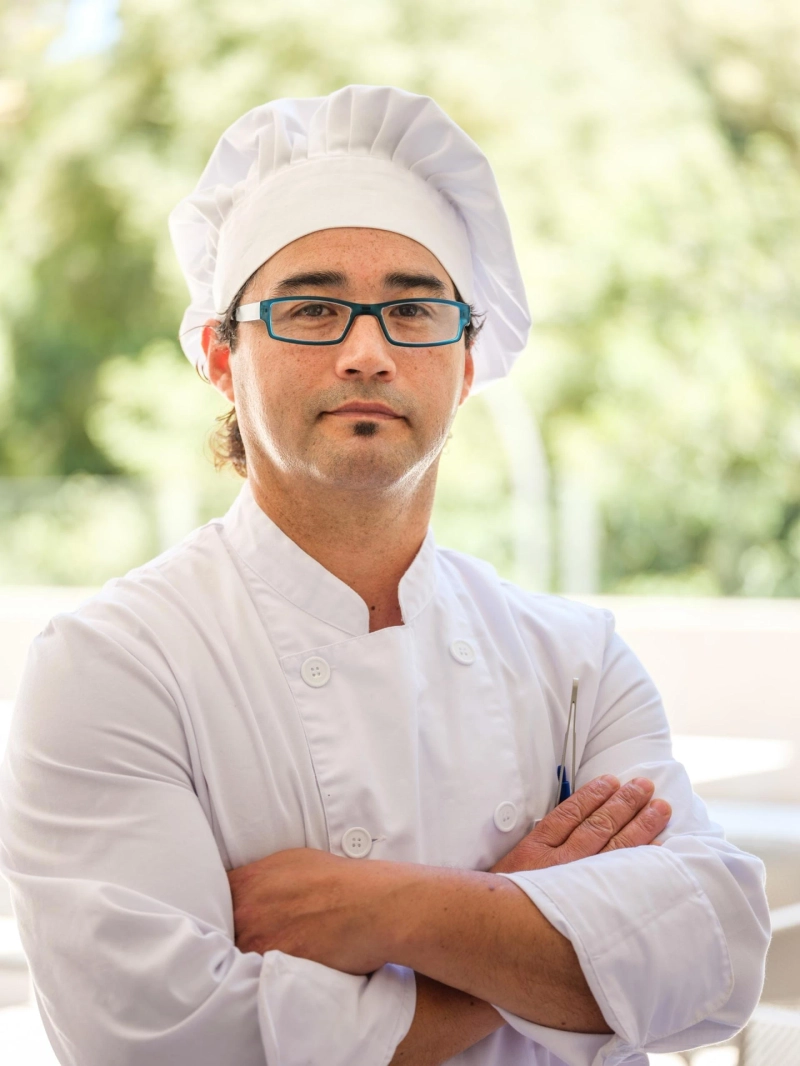Many companies and establishments provide uniforms for their staff, because it enhances the image of the company as well as the staff. The same is true when it comes to men’s and women’s chef uniforms. Chef whites create an aura of professionalism, cleanliness and hygiene.
There are many benefits to a uniform, such as:
Builds confidence – A crisp neat uniform builds confidence in the minds of customers, as well as employees. Increased confidence of employees paints a very positive image of the team and the company, and its capabilities, creating greater brand loyalty among customers.
Creates trust – With increased confidence comes trust, where customers will keep on trusting you to give them the same exact exemplary service that you have always been giving them. People find it easier to trust a team that looks professional and confident. A customer’s first impression of the establishment is through the appearance of the staff.
Safety – One of the most important reasons for wearing a Chef’s uniform is the safety aspect of it. These uniforms are designed in such a way to protect the wearer from the hazards that a busy kitchen can offer. Kitchen staff are constantly working with hot ovens, open fires and sharp utensils such as knives, and providing proper protection from these potential dangers is very important. Chef whites are designed using heat and fire-resistant fabric and are made of 100% cotton. The fabric is thicker than usual to protect the wearer.
Comfort – A uniform is designed to provide the maximum possible comfort to the wearer, for increased productivity and ease of movement.
Men’s and women’s chef uniforms have evolved a great deal in terms of design, style and appearance over the last few decades, from that initial illustration done in 1822 by French Chef Marie-Antoine Carême, although many chefs still prefer the original white color for their uniforms to honor traditions and their profession in general.
Chefs carry a lot of pride in what they do, and it is evident in the uniforms that they wear. The chef hat for example, or Toque as it is known, has many pleats on it, in fact 100 pleats. This number of pleats is supposed to represent the number of ways that the Chef knows how to prepare an egg. It represents the level of experience that the Chef has. The different Chef’s uniform is also a way of designated rankings in the kitchen; taller Toques are worn by the Head Chef, while assistant chefs and specialty chefs wear shorter ones, and cooks and kitchen staff wear either a beanie or Skull Cap. These days however, most senior chefs prefer to wear a simple Chef hat or bandana while working in the kitchen due to greater comfort and easy movement, and better air flow. Of course, if they have to go and meet customers of VIP’s and if they need to be present personally at functions or events, they wear the required Toque with pride.
Many kitchens these days use different colored uniforms to designate the different jobs and seniority of the staff. They may assign a different colored uniform for the Head Chef and different colors for the others, so that at a glance one could see which task is assigned to that specific staff member, and it helps everyone to know what their specific roles are in the team.
Components of the Chef’s uniform includes many things, such as:
The Chef Hat – or Toque.
The Chef Coat or Jacket.
Chef Pants.
Apron – Which provides added protection for the wearer.
Protective shoes.
In recent times, men’s and women’s chef uniforms are designed with fashion in mind, with varying colors and designs, because modern designers feel that uniforms should enhance the wearers appearance and looks, in addition to being fully functional. With this in mind, many manufacturers of Chef uniforms are coming up with new innovative styles while still keeping the general traditions of the uniform which have been passed down since the times of Chef Marie-Antoine Carême, intact.
Many designers now use highly fashionable fabrics such as Denim, which is also a very hardy material made for durability and hard work, and yet is a fashion icon of these times. In addition, new technologies have also come into play making the uniform more practical and functional, such as Teflon coatings on the fabric to eliminate staining etc.


